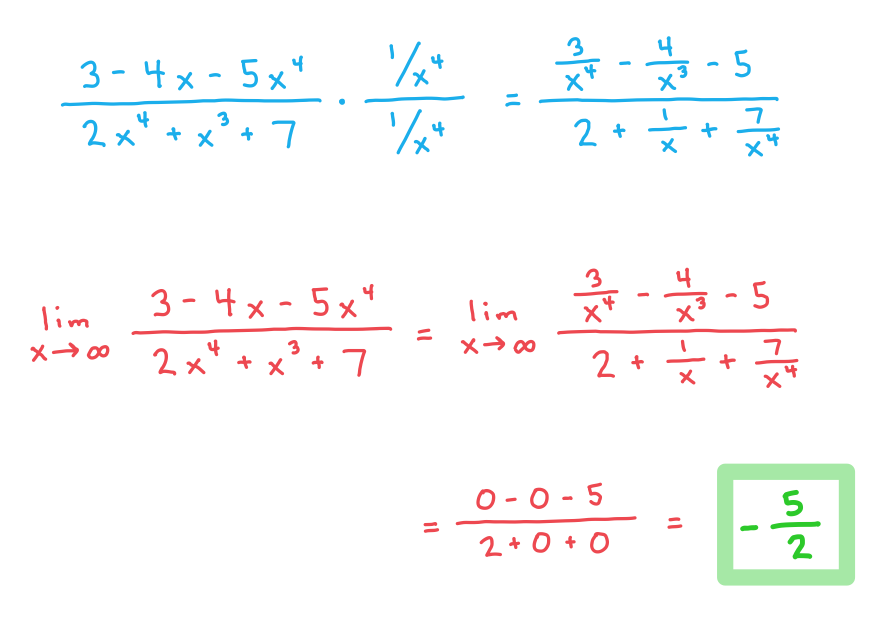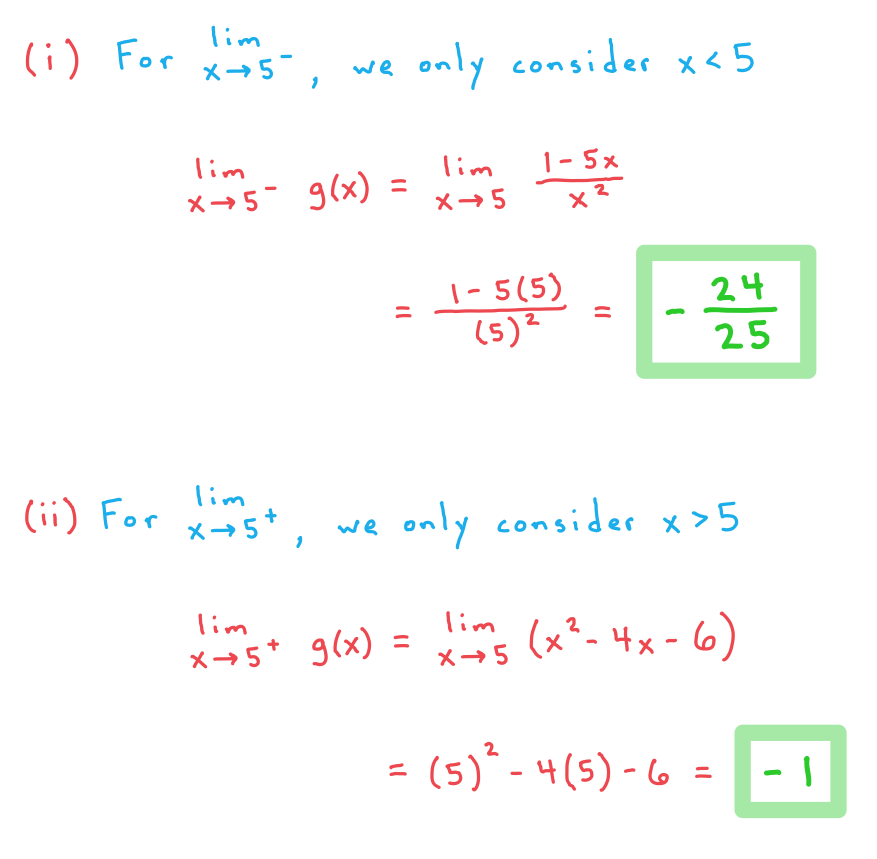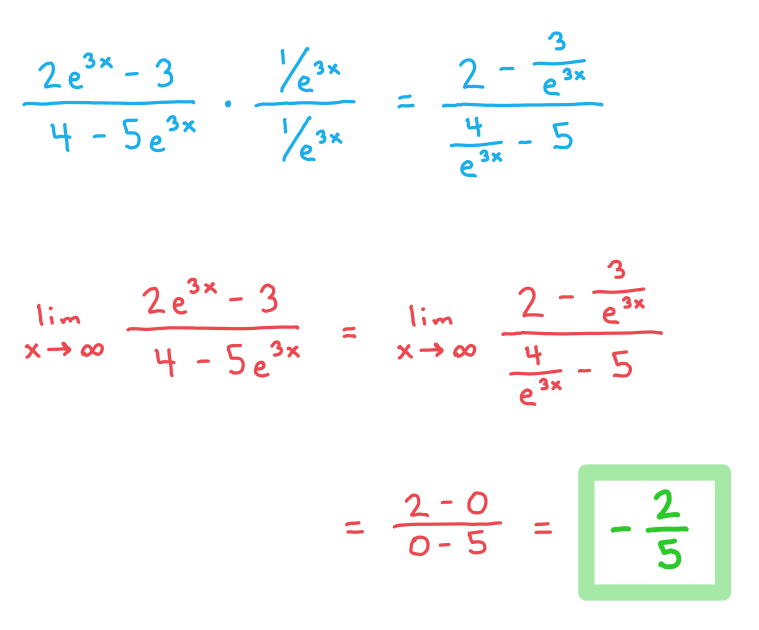Introduction to Limits (DP IB Analysis & Approaches (AA)): Revision Note
Limits
What are limits in mathematics?
When we consider a limit in mathematics we look at the tendency of a mathematical process as it approaches, but never quite reaches, an ‘end point’ of some sort
We use a special limit notation to indicate this
For example
denotes ‘the limit of the function f(x) as x goes to (or approaches) 3’
I.e., what value (if any) f(x) gets closer and closer to as x takes on values closer and closer to 3
We are not concerned here with what value (if any) f(x) takes when x is equal to 3 – only with the behaviour of f(x) as x gets close to 3
The sum of an infinite geometric sequence is a type of limit
When you calculate
for an infinite geometric sequence, what you are actually finding is
I.e., what value (if any) the sum of the first n terms of the sequence gets closer and closer to as the number of terms (n) goes to infinity
The sum never actually reaches
, but as more and more terms are included in the sum it gets closer and closer to that value
In this section of the IB course we will be considering the limits of functions
This may include finding the limit at a point where the function is undefined
For example,
is undefined when x = 0, but we might want to know how the function behaves as x gets closer and closer to zero
Or it may include finding the limit of a function f(x) as x gets infinitely big in the positive or negative direction
For this type of limit we write
or
(the first one can also be written as
to distinguish it from the second one)
These sorts of limits are often used to find the asymptotes of the graph of a function
How do I find a simple limit?
STEP 1: To find
begin by substituting a into the function f(x)
If f(a) exists with a well-defined value, then that is also the value of the limit
For example, for
we may find the limit as x approaches 3 like this:
In this case,
is simply equal to f(3)
STEP 2: If f(a) does not exist, it may be possible to use algebra to simplify f(x) so that substituting a into the simplified function gives a well-defined value
In that case, the well-defined value at x = a of the simplified version of the function is also the value of the limit of the function as x goes to a
For example,
is not defined at x = 0, but we may use algebra to find the limit as x approaches zero:
Note that
and
are not the same function!
They are equal for all values of x except zero
But for x = 0, g(0) = 0 while f(0) is undefined
However f(x) gets closer and closer to zero as x gets closer and closer to zero
If neither of these steps gives a well-defined value for the limit you may need to consider more advanced techniques to evaluate the limit
For example l’Hôpital’s Rule or using Maclaurin series
How do I find a limit to infinity?
As x goes to
or
, a typical function f(x) may converge to a well-defined value, or it may diverge to
or
Other behaviours are possible – for example
is simply undefined, because sin x continues to oscillate between 1 and -1 as x gets larger and larger
There are two key results to be used here:
converges to 0 for all n >0 and all
diverges to
for all n > 0
for n > 0 will need to be considered on a case-by-case basis, because of the differing behaviour of xn for different values of n when x is negative
STEP 1: If necessary, use algebra to rearrange the function into a form where one or the other of the key results above may be applied
STEP 2: Use the key results above to evaluate your limit
For example:
Or:
I.e., the limit diverges to
(because
it gets bigger and bigger without limit as x gets bigger and bigger)
Remember that neither
nor
has a well-defined value!
If you attempt to evaluate a limit and get one of these two forms, you will need to try another strategy
This may just mean different or additional algebraic rearrangement
But it may also mean that you need to consider using l’Hôpital’s Rule or Maclaurin series to evaluate the limit
It is also worth remembering that if
, then
for any non-zero
This can be useful for example when evaluating the limits of functions containing exponentials
for any p > 0, so we immediately have
for p > 0
See the worked example below for a more involved version of this
Do limits ever have ‘directions’?
Yes they do!
The notation
means ‘the limit of f(x) as x approaches a from above’
I.e., this is the limit as x comes ‘down’ towards a, only considering the function’s behaviour for values of x that are greater than a
The notation
means ‘the limit of f(x) as x approaches a from below’
I.e., this is the limit as x comes ‘up’ towards a, only considering the function’s behaviour for values of x that are less than a
One place these sorts of limits appear is for functions defined piecewise
In this case the limits ‘from above’ and ‘from below’ may well be different for values of x at which the different ‘pieces’ of the function are joined
But also be aware of a situation like the following, where the limits from above and below may also be different:
(because
for x > 0, with
becoming bigger and bigger in the positive direction as x gets closer and closer to zero ‘from above’)
(because
for x < 0, with
becoming bigger and bigger in the negative direction as x gets closer and closer to zero ‘from below’)
The graph of
shows this limiting behaviour as x approaches zero from the two different directions
Worked Example
a) Consider the function
,
find .

b) Consider the function
find (i) , and (ii)
.

c) Consider the function
find .


You've read 0 of your 5 free revision notes this week
Unlock more, it's free!
Did this page help you?
